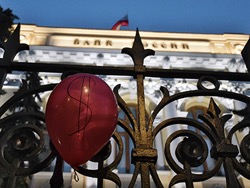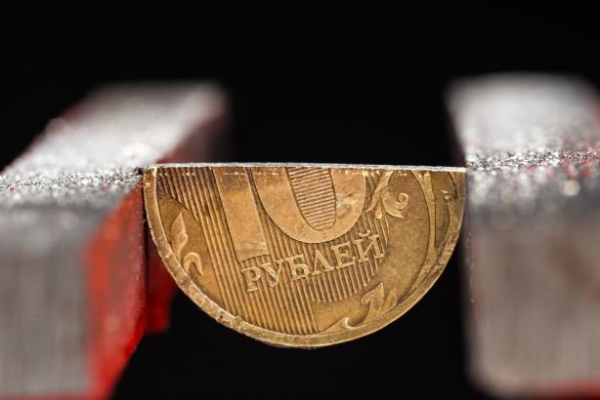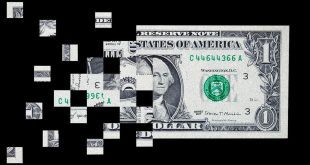
Prospects for Russian economic recovery not yet clear. About it on March 3, the report “what do the trends” according to the Department of studies and forecasting (DIP), the Bank of Russia (conclusions of the Department may not coincide with the official position of the Central Bank).
“Model estimates of the deep continue to indicate the likely continuation of stagnation until the middle of the year. Weak performance of some leading indicators indicates that a full recovery will be protracted, given the ongoing structural changes,” the document says.
The Department expects that in the first quarter of 2016, Russia’s GDP will drop 0.3 percent, the second will be zero growth in the third — an increase of 0.2 to 0.3 percent (compared to the same quarters of 2015). At the same time, these forecasts are better than the previous month. Then talked about the decline of 0.7% and 0.3% in the first and second quarters.
One of the factors that has a negative impact on the Russian economy in January-March to reduce Federal spending. This is due to falling oil and gas revenues, was recalled to the Department.
Earlier on 3 March, the media reported about the preparation of the Ministry of economic development crisis forecast for 2016-2019. The office of Alex speaker expects that during the period of sanctions and counter-sanctions will remain in force.
According to the latest data of Rosstat, in January 2016, Russia’s GDP decreased by 3.7 percent compared to the same month last year. The index of industrial production fell by 2.7%, retail trade turnover — by 7,3%, the volume of foreign trade at 27.1 per cent.
On 1 March the Minister of economic development Alexei Ulyukayev said that the Russian economic growth will resume in the third quarter of 2016.
In February, the big three international rating agencies downgraded its forecasts for the Russian economy. Standard & Poor’s expects that in 2016, GDP will decrease by 1.3 percent (previously talked about the growth to 0.3 percent), Moody’s — 2.5 percent (instead of growing by 0.5-1.5 percent), Fitch — 1 percent (instead of growing by 0.5 percent).








